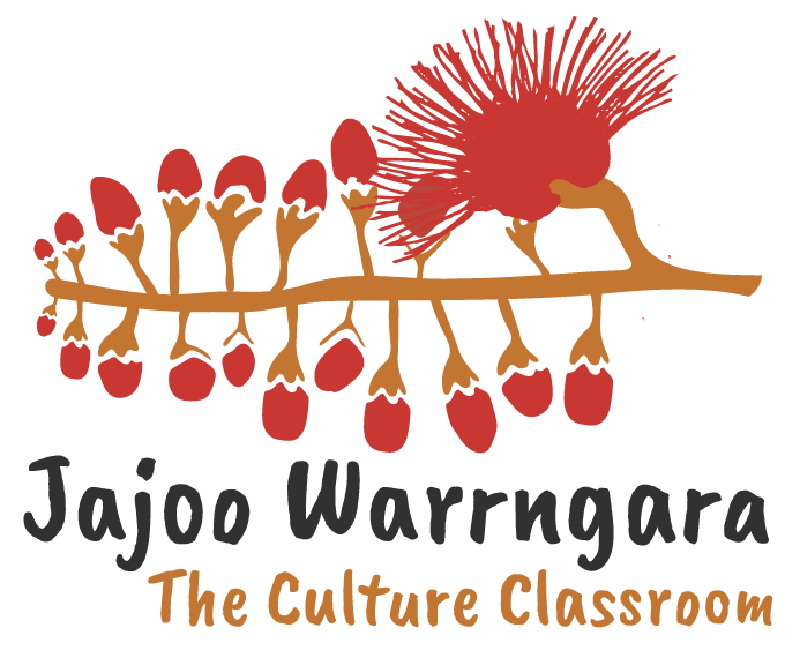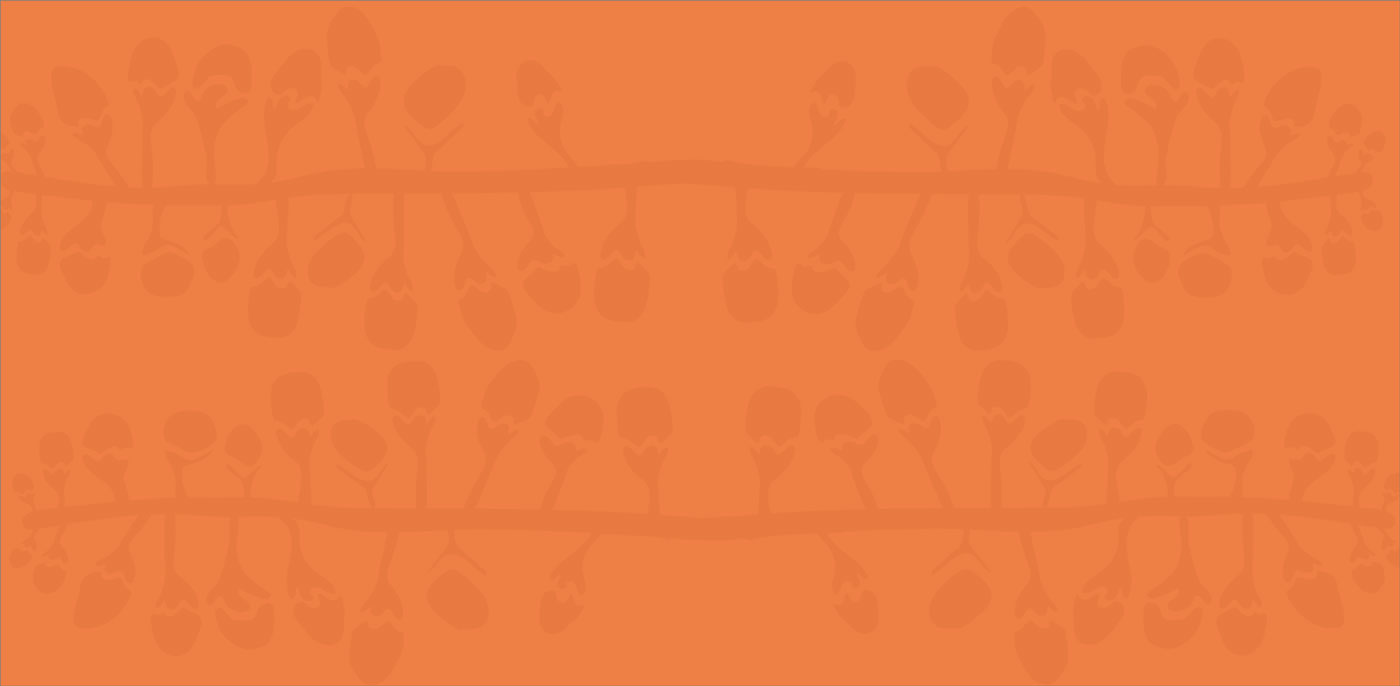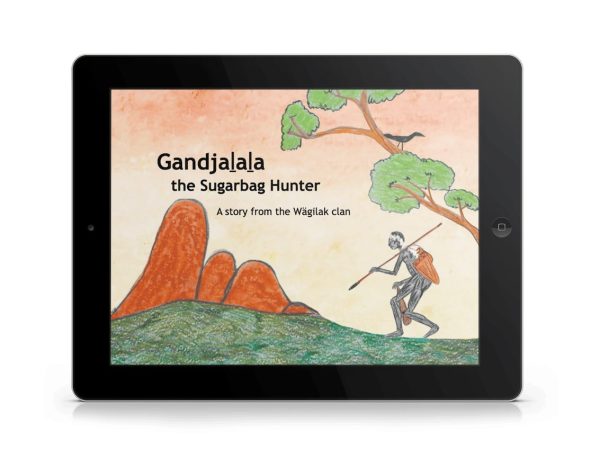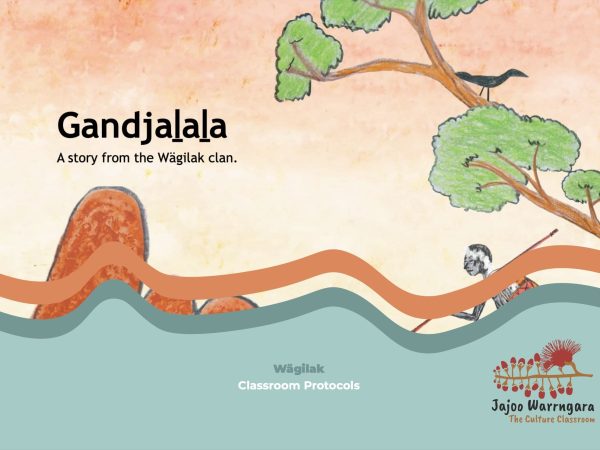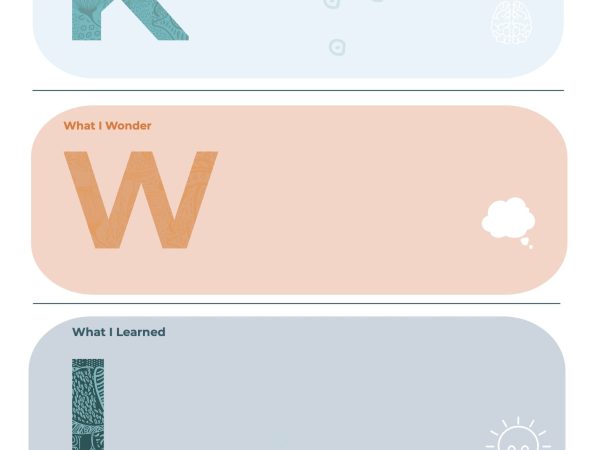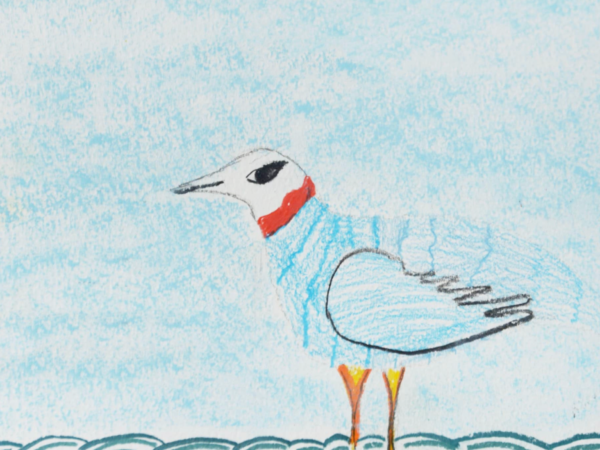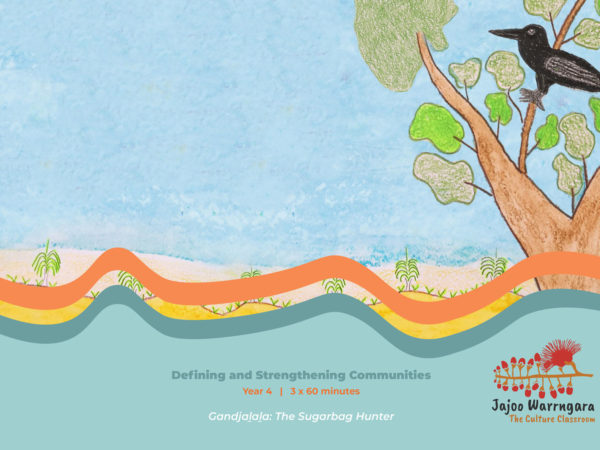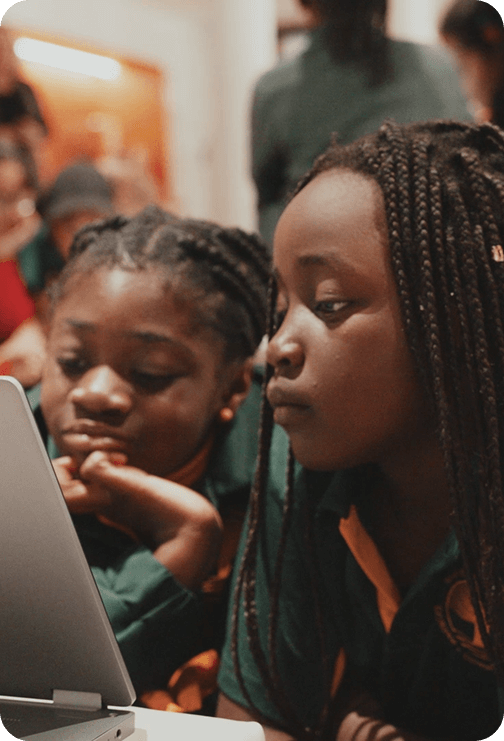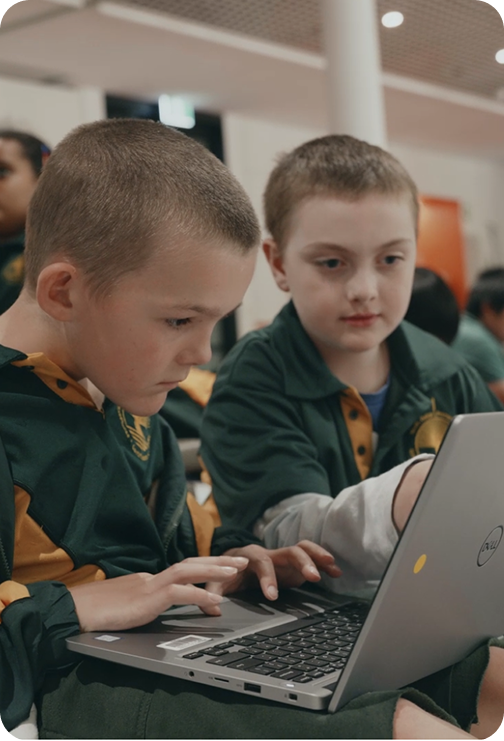Learning Areas
English | HASS | Health and Physical Education
In this unit
By mapping Gandjaḻaḻa’s journey and following the flight of the sugarbag bees, students learn how clan groups were named. They explore the difference between clan groups and build an understanding of the relationships between moieties and clan and language groups. Students consider the key ways that language binds the Wägilak community together, and why it is critical for their culture, identity and wellbeing.
This unit includes:
Learning Areas
Cross Curriculum Priorities
Aboriginal and Torres Strait Islander Histories and Cultures
Related Units
Unit Content
